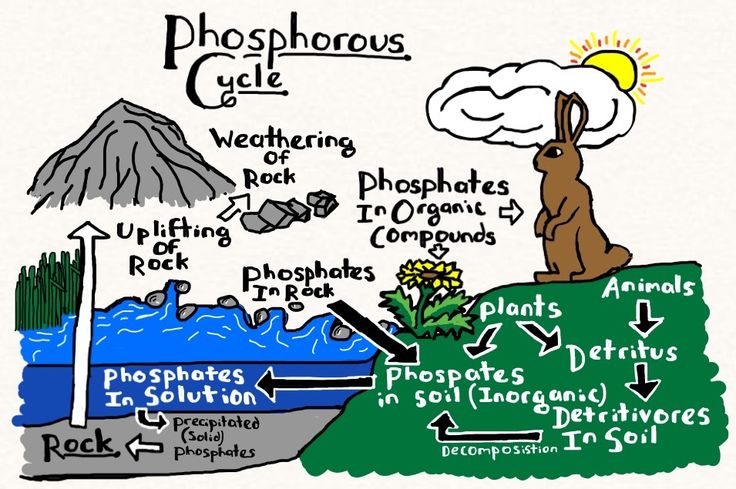Total Phosphorous (Bottom)
What is it? Total phosphorus measures the concentration of inorganic phosphate ions dissolved in a sample of water as well as the quantity of phosphorus contained in the suspended organic matter. Aquatic organisms are able to take it up quite efficiently and as a result concentrations in pristine water are generally quite low.
Why is it important? Phosphorus is the key nutrient for photosynthesis. Phosphorus concentrations determine the quantity of plankton and algae a body of water can support. Soil erosion is a main contributor of phosphorus to a body of water. However, if there is too much in the water it can speed up eutrophication (excessive amounts of nutrients cause low levels of dissolved oxygen in the water).
What does it mean? Some organizations test a meter off the bottom to understand lake health in a different way. Different areas will have different baseline readings. These are the ranges we typically look at:
- 1 - 3 ug/L - the level in uncontaminated lakes. Very little aquatic vegetation.
- 2.5 - 10 ug/L - level at which plant growth is stimulated. A nutrient-poor lake with clear water which supports some algae and phytoplankton.
- 10 - 20 ug/L - A lake which supports a moderate degree of vegetation.
- > 20 ug/L - accelerated growth and consequent problems: Likely a body of water with phosphorus input from outside sources.
Water Rangers Protocol: We do not currently include a test for this in our kit. If you’re interested in taking samples at the bottom of your lake, search for Van Dorn or Kemmerer. Some people have constructed their own device to do this!

